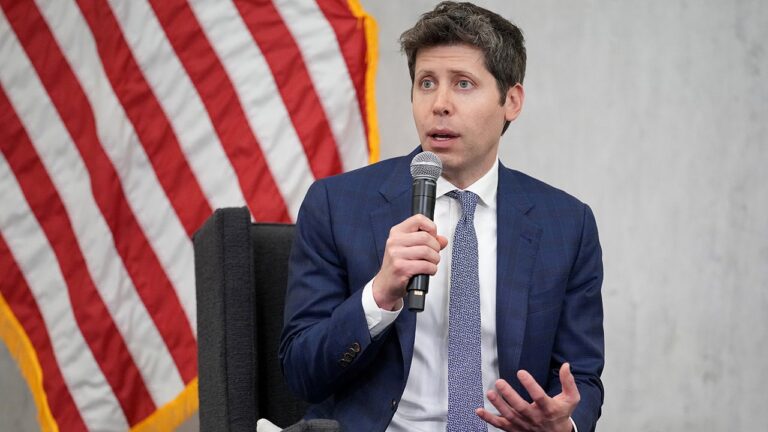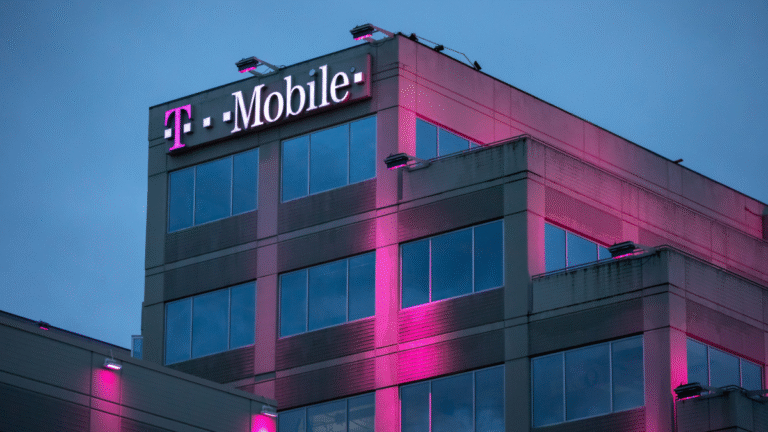
ai-pocalypse If you’re one of those people who pretend to use AI at work, then worry not: there are likely another 15 of you per hundred employees in your company. That’s the finding of a survey from nearshoring tech recruitment company Howdy.com.
According to the survey, three-quarters of people’s employers expect them to use AI in some way, about half in some official capacity, and another quarter informally. This leaves some employees using it under duress. Over one in five (22 percent) use it in situations where they’re not confident in doing so because they feel pressure to drink the Kool-Aid. That ties in with the quarter of employees who told Howdy.com that they often or always feel overwhelmed by this new tech.
Let’s not assume that AI always makes work easier, either, despite what companies like Microsoft will tell you. A full third of employees told Howdy.com that learning and using AI (along with checking for its inevitable mistakes) takes as much time as doing their job without it. That assumes you’re checking its results in the first place. Two-thirds of workers just blindly accept AI’s output without due diligence, per KPMG and the University of Melbourne.
Lying about using AI, lying about not using AI
This unease around the technology leads some to willfully disobey their overlords by saying that they use AI when they don’t. A full 16 percent (that’s over one in six people) sometimes lie about using AI algorithms just to keep bosses happy.
What would happen if they just fessed up that they prefer actually using their brains to get the job done? Many worry that they would get passed over for promotion in favor of people who have merged with the Borg. In late 2023, EY surveyed 1,000 white-collar workers in the US, and found that two-thirds of them harbored this fear.
The anxiety over AI use leads to some bizarre paradoxes. Here’s one: While some people pretend to use AI because they’re anxious about it, others use it but pretend that they don’t. Slack’s Workforce Index last October, which surveyed over 17,000 global desk workers, found 48 percent of them were uncomfortable telling managers that they use AI at work. They were afraid of being seen as not competent or industrious enough. Many felt that using AI was like cheating.
AI-nxiety
This anxiety about AI is as much of a thing as social media anxiety, email overload, and Zoom fatigue. The reasons for it are multifaceted. One is the fear of being replaced. This year non-partisan think tank the Pew Research Center found that about half of the over 5,000 US workers it surveyed were worried about the future use of AI in the workplace.
A third of those people think AI will lead to fewer job opportunities, and feel overwhelmed by what’s happening. In spite of the rhetoric about AI creating more opportunities, companies (and sometimes governments) seem to be proving their fears right, again and again and again.
Another reason might be the fear of doing something wrong. According to Howdy.com, one in four workers who are expected to use AI don’t get any training in it.
Jacqueline Samira, CEO at Howdy.com, says that training is important but that employees also need to embrace the new tech that’s coming down the pipe.
“The company should support the service, but the onus to show up, practice, learn, be curious, and work at it is on the individual,” she says, adding that they shouldn’t feel the need to escape the pressure from AI. “They need to lean in. It’s here and we need to adapt.”
Unmanageable or extreme stress is a result of lack of clear communication and clear expectations
“Unmanageable or extreme stress is a result of lack of clear communication and clear expectations,” she continues, advocating for “direct, honest, positive communication and expectations.”
Ideally, this translates into leadership being clear about how and when to use AI. The worry is that many bosses might not understand their own internal AI landscape, warns Ronan Murphy, chief data strategy officer at security company Forcepoint, who is also a member of the Irish government’s AI advisory council. “Lots of legacy systems are being retrofitted with AI,” he says, adding that it makes it more difficult to work out exactly where AI is being used. If you don’t know where AI features are showing up for employees and what they’re being allowed to do with the technology, how can you guide them properly?
What if you’re that one person in five who feels uncomfortable using AI for your job? A lot depends on the job and what you’re being asked to do. If the use case seems responsible, Murphy echoes Samira that it’s time to lean in. “Things like Copilot are so easy to use,” he says. If you haven’t been trained on it, then it’s time to raise that in conversation.
But if a clueless boss is asking you to do something unethical, then it might be time to seek help. When film bosses allegedly told archival documentary photo producers to sprinkle AI-generated images into documentary films without any transparency, they founded the Archival Producers Alliance and published an open letter in the Hollywood Reporter about the issue.
AI anxiety is inevitable given the power of the technology and the play it’s getting in the media. Samira likens the anxiety about it to political overwhelm. “It’s the Trump of technology news. Regardless of your views, it’s ever present on every channel,” she says. “The massive amount of content being generated around AI is all-consuming. It’s ever present and everyone is feeling it.”
Perhaps it’s time to relax and take a meditative breath, should the anxiety get too much. Because of course, there’s an AI-powered app for that, too. ®





